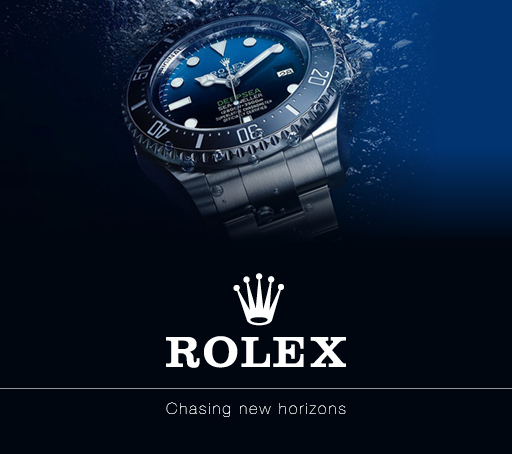The Manta Ray, developed by Northrop Grumman and DARPA, marks a significant advancement in underwater drone technology with successful sea trials, enhancing the US Navy’s operational capabilities.
The Manta Ray, a state-of-the-art underwater drone developed by Northrop Grumman in collaboration with DARPA, has successfully completed its sea trials off the coast of Southern California. This uncrewed underwater vehicle (UUV), valued at £33 million, is a project funded by the US Department of Defense and is part of a broader initiative to enhance the US Navy’s capabilities in underwater operations.
The drone is designed for long-distance missions and is capable of ‘hibernating’ on the ocean floor, which allows it to carry payloads over extended periods without human intervention. Utilizing buoyancy-driven gliding, the Manta Ray aims to reduce the need for frequent human involvement, which could revolutionize how maritime missions are conducted.
Dr. Kyle Woerner, a DARPA program manager, articulated that following its assembly from modular subsections in Maryland and transportation to California, the Manta Ray shows readiness for real-world applications. The successful tests indicate significant progress towards operational deployment, with future tests planned in collaboration with the US Navy.
Internationally, there is a noticeable increase in the development of similar technology. The UK plans to introduce the Cetus robot submarine to supplement the Royal Navy’s fleet, specifically their Astute-class attack submarines. In contrast, Russia has developed the Poseidon, a nuclear-capable super torpedo, noted for its potential to trigger radioactive tidal waves, thus posing threats to coastal security.
While the Manta Ray remains unarmed, its development comes at a time of heightened global tension over underwater weaponry, with armed drones being used in conflict zones such as the Black Sea. The advancement of such UUVs spotlights the evolving landscape of maritime and underwater warfare technology.













